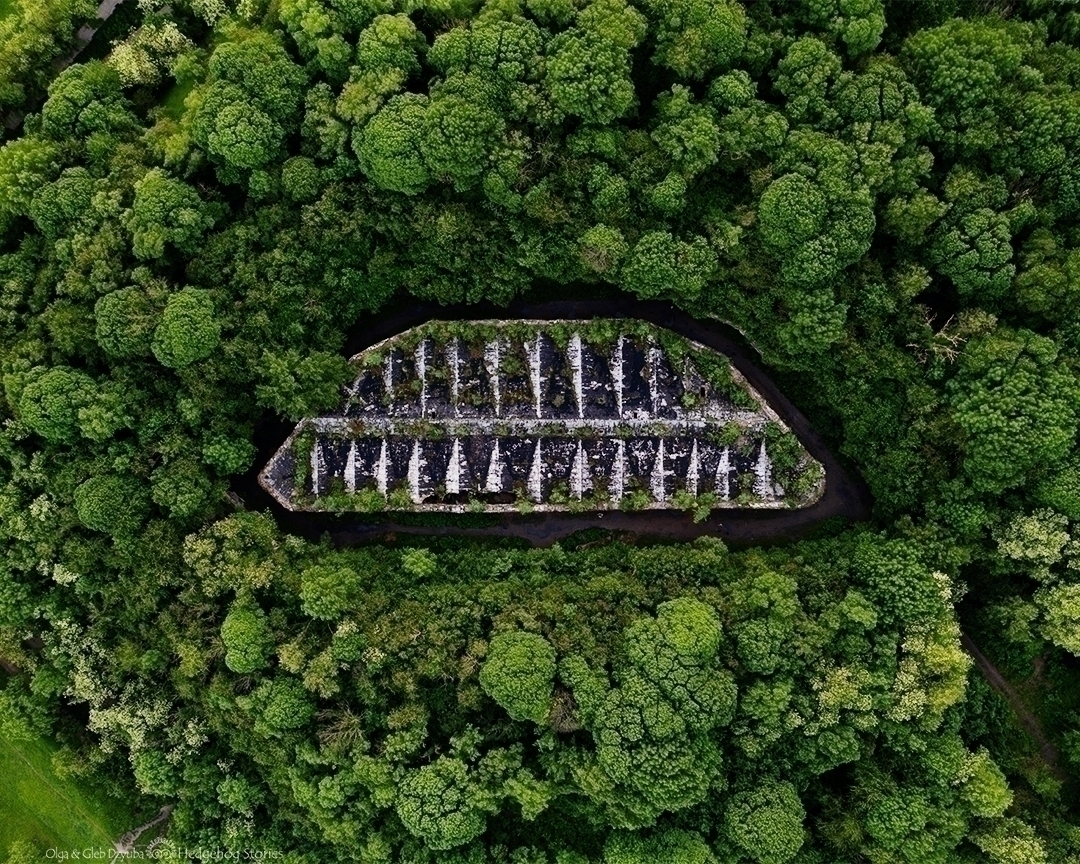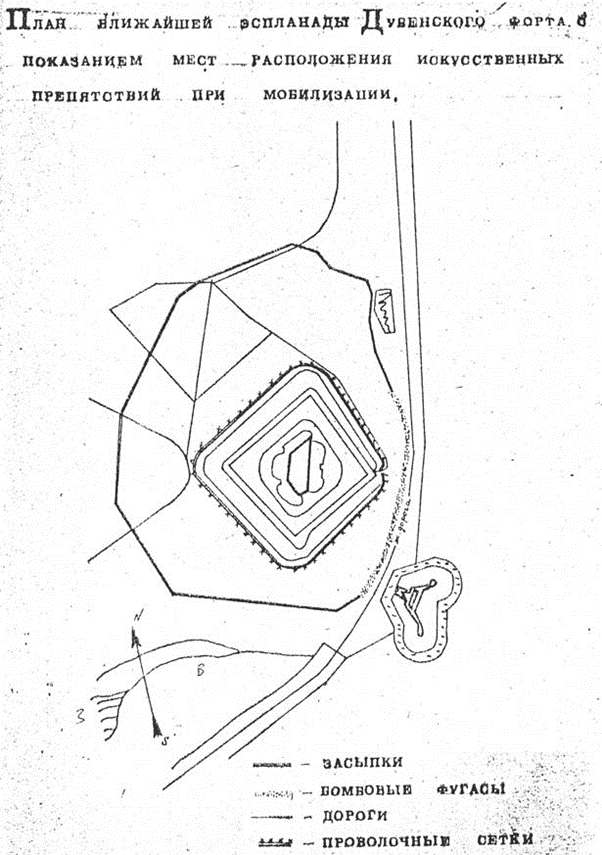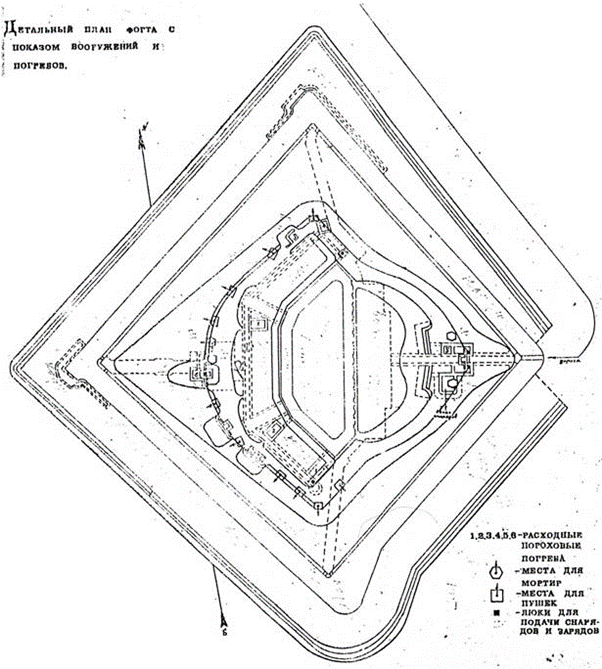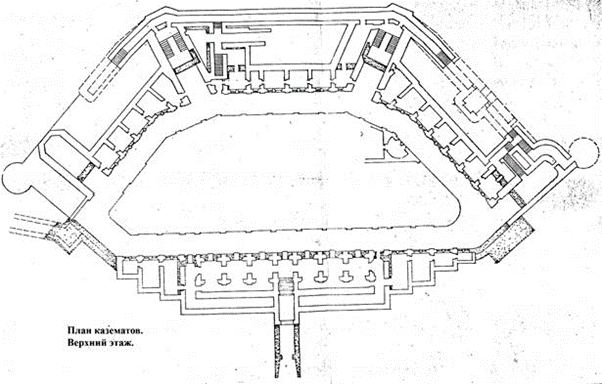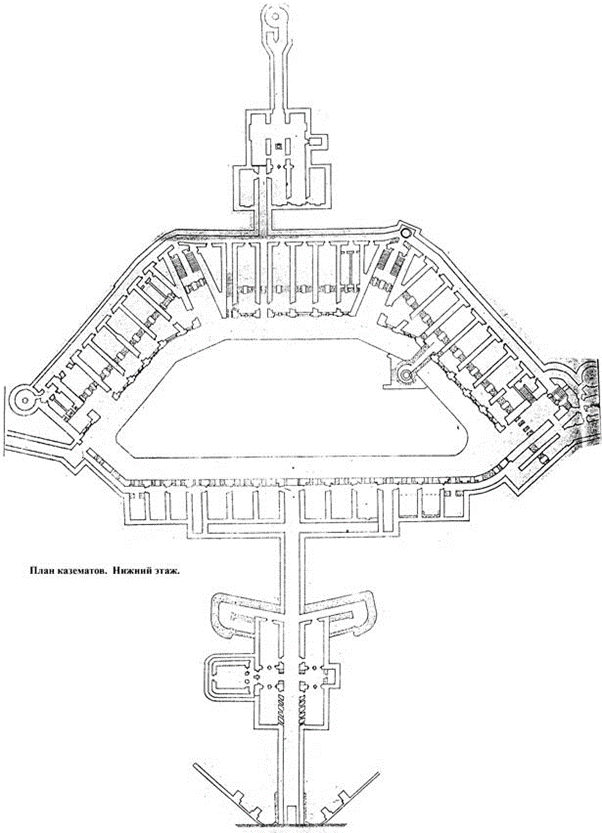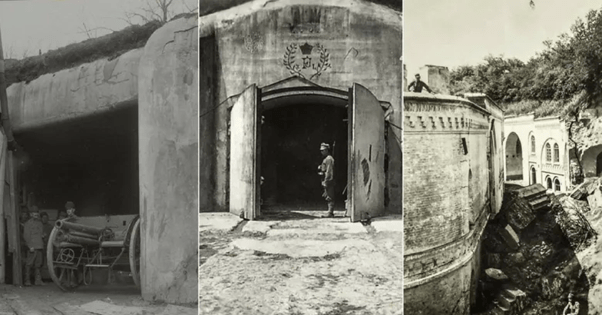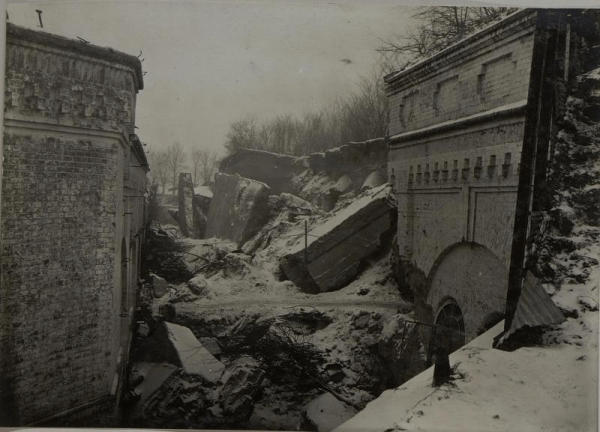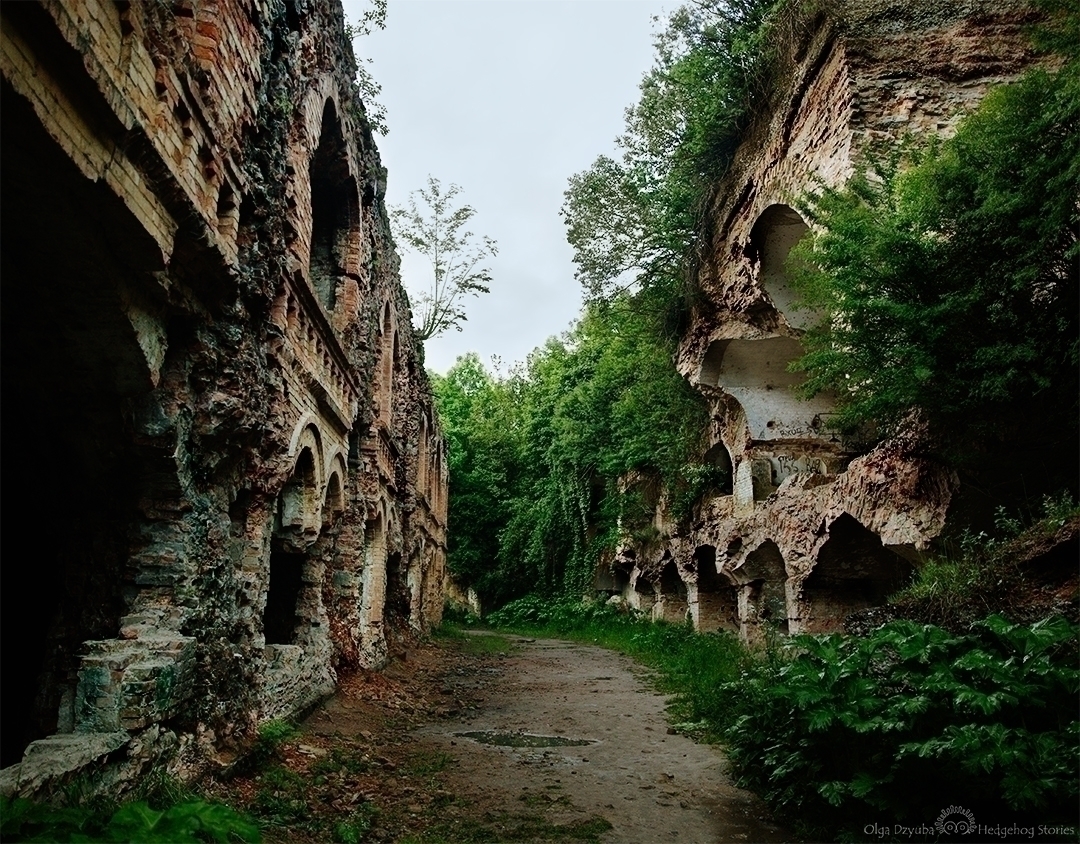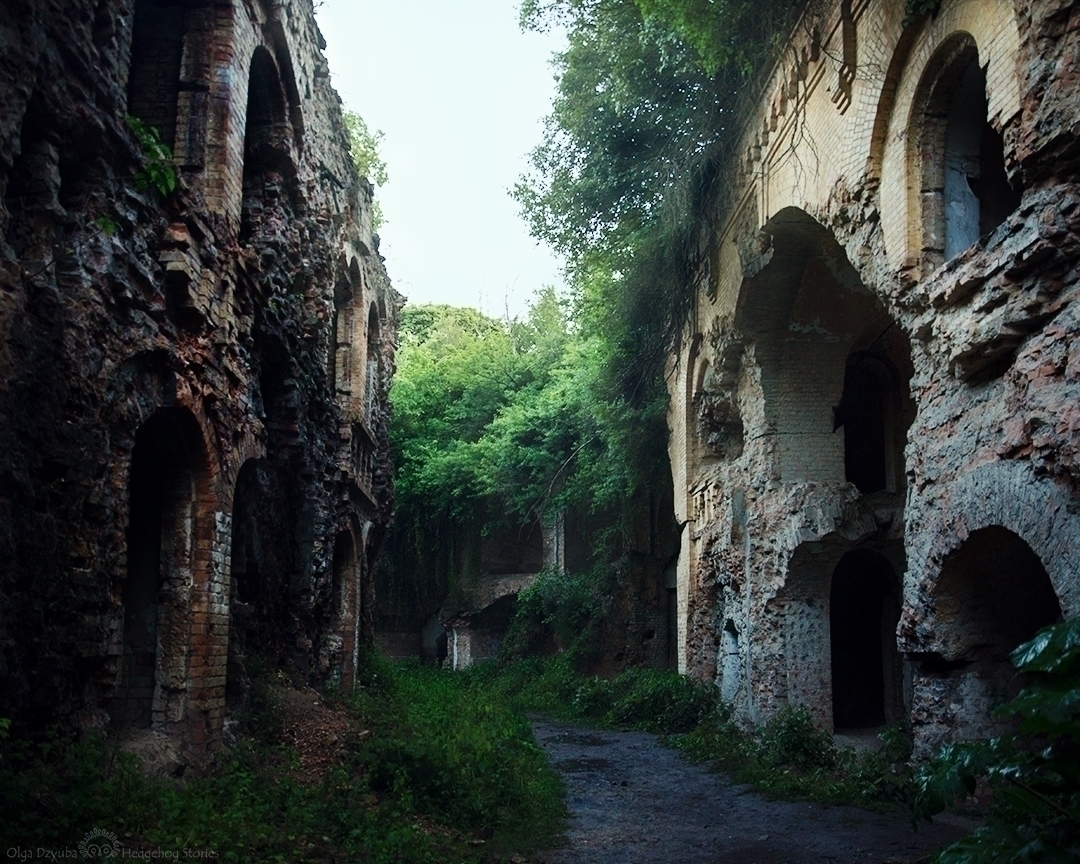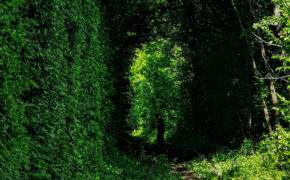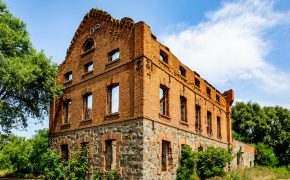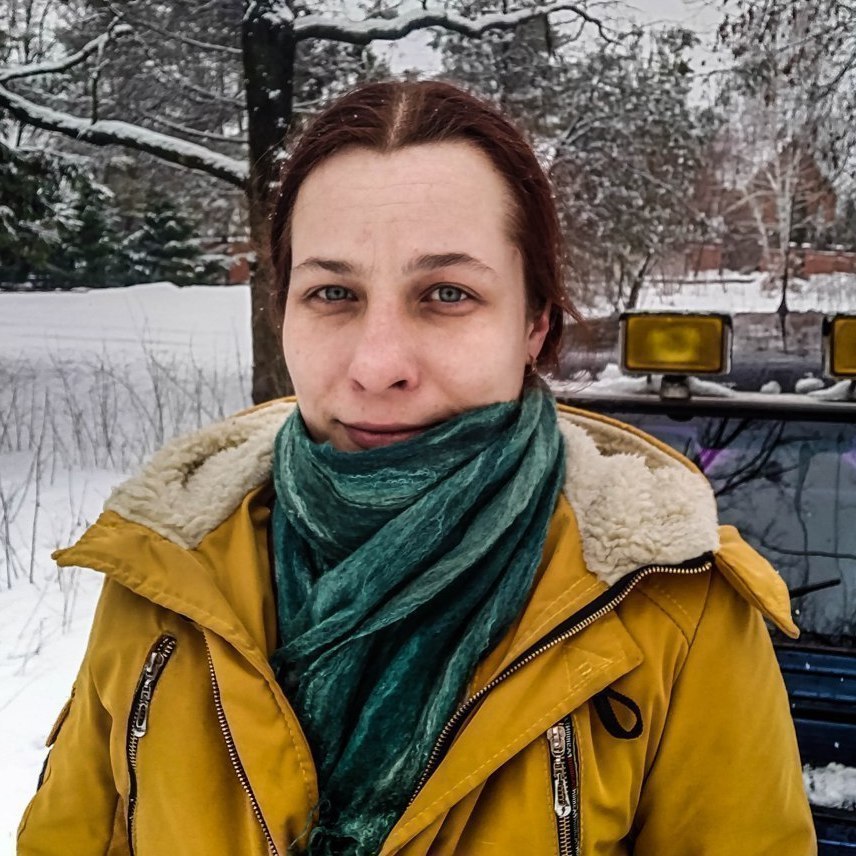Tarakaniv Fort – a simple story of a mysterious jungle.
Type: Architectural object Kind: Historical (Inactive)
Country: Ukraine Region: Rivne region Locality: Тараканов
Availability: State, Available for visits, Bad road (during any weather, can be driven by two-wheel drive cars) , Emergency condition
Despite the mysterious impression that this fort inspires, the history of its creation is quite prosaic. Of course, I would like to hear about such a place about ancient civilizations, but unfortunately. One of the few simple and straightforward stories:
This fort appeared due to the need of the Russian Empire to increase defense fortifications on the new borders. This happened after the partition of the Polish-Lithuanian Commonwealth on October 24, 1795, between the Russian and Austrian empires and Prussia. As a result of the conference in St. Petersburg, at which the Polish-Lithuanian Commonwealth lost its sovereignty, Polish and Lithuanian territories east of the Bug and the Nemyriv-Grodno line were ceded to the Russian Empire. The border with the Austrian Empire ran along the line Zbarazh – Brody – Berestechko – Sokal and disturbed the Russian Empire with its insecurity. The development of new defense lines was entrusted to Eduard Totleben, a prominent and experienced military engineer. It was planned that one of the most important strongholds on the border would be Tarakaniv Fort, whose task would be to cover the city of Dubno and the nearby Kyiv-Lviv railway.
Edward Totleben
Tarakaniv Fort is named in connection with the close location to the village of Tarakaniv, which until the XIX century was called Torokanov. The fort is sometimes confused with the Dubno Detinets (type of castle) from a chronicle, a castle in the city of Dubno, which was built in the 10th century and is now an architectural monument. So – these are different buildings))
A little earlier (in the 1860s) the preparation of defensive fortifications began – they began to form earthen ramparts.
The construction of the fort was carried out directly from 1873 to 1890 and qualitatively devastated the imperial treasury (more than 66 million rubles) and not least because of the use of innovative concrete at the time.
According to Edward Totleben’s plan, the defense complex was designed to house 800 people, store provisions and weapons. All this was to be contained on several hectares surrounded by strong walls (six meters high and three thick), earthen ramparts and a moat. To get inside, it was necessary to pass a 100-meter tunnel with loophole windows (a very unpleasant prospect for the attackers), located under the outer walls. Three wells and huge warehouses allowed for several months to keep the defense, especially given the good weapons and long-range guns of large caliber.
In the center of the complex in one building were the church (built in 1901), utility, storage and living quarters for the artillery company and officers, as well as the headquarters of the fort commandant. This central part was protected by the second line of defense – four underground passages passing under the second earthen rampart.
105 arched “safe” casemates were provided along the perimeter of the fort. You can get to them only by overcoming the next double defensive lines – massive stone walls (up to 2.5 meters thick) with brick cladding on the outside. Each casemate had its own purpose: warehouses and utility rooms, infirmary and operating room, areas for hostilities, as well as toilets, disinfection rooms, rooms with wells, laundry, dining room and the rooms for death bodies. In 1899, electricity was brought to these premises (which by that time was no longer a shocking novelty – only twenty years after its appearance in the Russian Empire), there was ventilation and heating.
The lower garrison personnel were housed in the casemates. The fort also had such benefits of civilization as water supply, its own sewerage system, as well as a special device for burning sewage – all to ensure the garrison in the event of possible long sieges. In addition, in 1899 a telephone line was brought in.
Under the fort there is a complex multi-level system of passages and dungeons (according to various sources from four to seven levels), many of which are equipped with loopholes to prevent the enemy from penetrating deeper. At this time, there is a huge problem with these dungeons – without special knowledge, skills, equipment and comrades to get there is extremely dangerous. Due to the state of emergency and the lack of plans and schemes there, it is easy to die or maim – unfortunately, such situations occur with a certain frequency.
Purely theoretically, it turned out to be an excellent fortress, but there is information that living conditions in it were extremely harsh and the garrison suffered – people died from cold, humidity and disease. I did not find accurate and unequivocal confirmation or refutation of this information. In addition, as a result, the fort was practically not used for its intended purpose. But this is not a question of engineers, but of strategists and tactics of the empire.
To begin with, from 1900 Tarakaniv Fort was used as a warehouse, then housed the guardhouse, and later the prison (since 1905, after the uprising of the soldiers and the final disbandment of the garrison). The fact that the defense complex was not used for its intended purpose and was abolished was influenced by the short-sighted opinion of the leadership of the Russian Empire on the importance and danger of combat operations.
As a result, during the First World War, the command of the Russian Empire decided that they did not really need the fort. Therefore, the fortress was handed over to the Austrians almost without a fight. Coming to their senses, they decided to return the fort. But great efforts had to be done for that. Subsequently, the fort, destroyed by its own artillery, was recaptured (in 1916 during the Brusylovsky breakthrough).
In 1920, neither the air force nor the armored train “Brave” helped S.M. Budyonny’s red cavalry to return the fortress. The Polish garrison fought valiantly while there was enough artillery supplies, and then made a breakthrough in the Red Army encirclement. The military mission of the fort was exhausted.
The First World War showed that this “closed type” building is morally obsolete, so it was no longer of military interest. Partly for the same reason, during World War II, fighting didn’t touch it. No one considered the fort a strategically important object. However, the Hitler’s army kept ammunition in its bowels for some time.
As with any other fortress / fort / castle, you can hear and read a lot of stories about Tarakaniv Fort. For example, that the Nazi research unit of the secret organization Anenerbe could be located here (the remains of such activities could not be found). Another version states that Soviet troops equipped a nuclear weapons depot here. But that also finds no confirmation. In 1946-1960, one of the NKVD units was stationed in the fort, nothing is known about their activities within the walls of the defense complex, but many closed passages remain now and what they are hiding remains a mystery.
Later, in the same year, 1960, there were plans to reorganize it into warehouses. They were supposed to store canned goods. The casemates were cleared, racks were installed, electricity was installed again, but the project was never implemented due to excessive humidity (it’s scary to think what was there if the conservation was damaged). Life is not teaching anything to people, as does history – later attempts were made again to use the fort as a warehouse. This time, the Headquarters of the Prykarpattia Military District planned to store tractor spare parts, but excessive humidity and lack of ventilation again thwarted attempts. The only practical application of this building was found a little later – the fort was used for some time as a military shooting range (according to the memories of locals who as a child were looking for bullets and shell casings in its territory).
After all the unsuccessful attempts to create something handful from this fort, in 1983 it was decided to turn it into a monument. Restorers from “Ukrproektrestavratsii” suggested the Rivne Regional Executive Committee to assess the object and recognize it as a historical monument of fortification art with the further possibility of “reconstruction of the fort to preserve the monument and use it to promote history” .
The answer was: “The general technical condition of the walls can be considered satisfactory. Minor conservation work is required. Due to the fact that the fort is visited by unorganized groups of tourists, in order to prevent accidents, it is necessary to urgently close the corridors and, if possible, eliminate the emergency situation … Under the building there are three deep wells up to two meters in diameter, two of which are covered with broken bricks. The only surviving one, up to 20 m deep, is connected by an underground gallery with the western casemates … Drainage is carried out through trays in the wall thickness, which do not provide complete drainage, which leads to further destruction of the building. The premises are getting wet and gradually destroyed… ”
All these plans remained on paper – the restoration work of Tarakaniv Fort was not carried out.
At present, Tarakaniv Fort, same as some other historical monuments, is on the balance of the army.
Although the fort belongs to the military, they are not interested in it – there are no restrictions on access, as well as attempts to do something with it. In this regard, the building is in disrepair, although not falling apart in plain sight. This situation is mostly caused by the consequences of hostilities during the world wars and the natural influence of weather conditions. Black archaeologists with metal and ”treasures” hunters also contribute to the destruction.
Those who want to visit Tarakaniv Fort, should be extremely careful and do not go alone (as in any other similar place) – to have someone to help, if anything (well, or call for help). In addition, in the summer before a trip to the Tarakaniv Fort, it is better to look on the Internet what borage looks like, and what will happen in the event of a collision of this plant with the human body. It is advisable to bring a flashlight to this fort – it can be the most important item on this trip))
If you wish, before the trip you can be inspired by a lot of different mystical stories about Tarakaniv Fort. Although, in my opinion, this is completely unnecessary – when you go through these tunnels and corridors, associations with lost jungles, ancient fortresses or any other impressive places emerge by themselves. This is a strange and harsh place – I recommend to visit it.
Sources: 1, 2, 3, 4, 5, 6, 7, 8, 9, 10, 11, 12.

